
JEJU AIR: Update on the crash of the Boeing 737-800 at Muan International Airport, South Korea

The December 29, 2024, mysterious crash of Jeju Air Flight 2216 at Muan International Airport in South Korea resulted in 179 fatalities out of 181 occupants.
Sequence of events for Jeju Air Flight 2216
The flight originated from Bangkok, Thailand, with Muan International Airport in Korea as its destination. During its approach, the aircraft aborted an initial landing attempt. The reasons for this are unclear. The second attempt was subject to a bird strike warning from ground control.
The plane landed about halfway down the runway without deploying its landing gear or wing flaps. It skidded along the runway on its engines and belly and overshot the end of the runway. Its landing was finally completed on collision with a concrete wall supporting a navigation antenna. The collision resulted in a catastrophic fire.
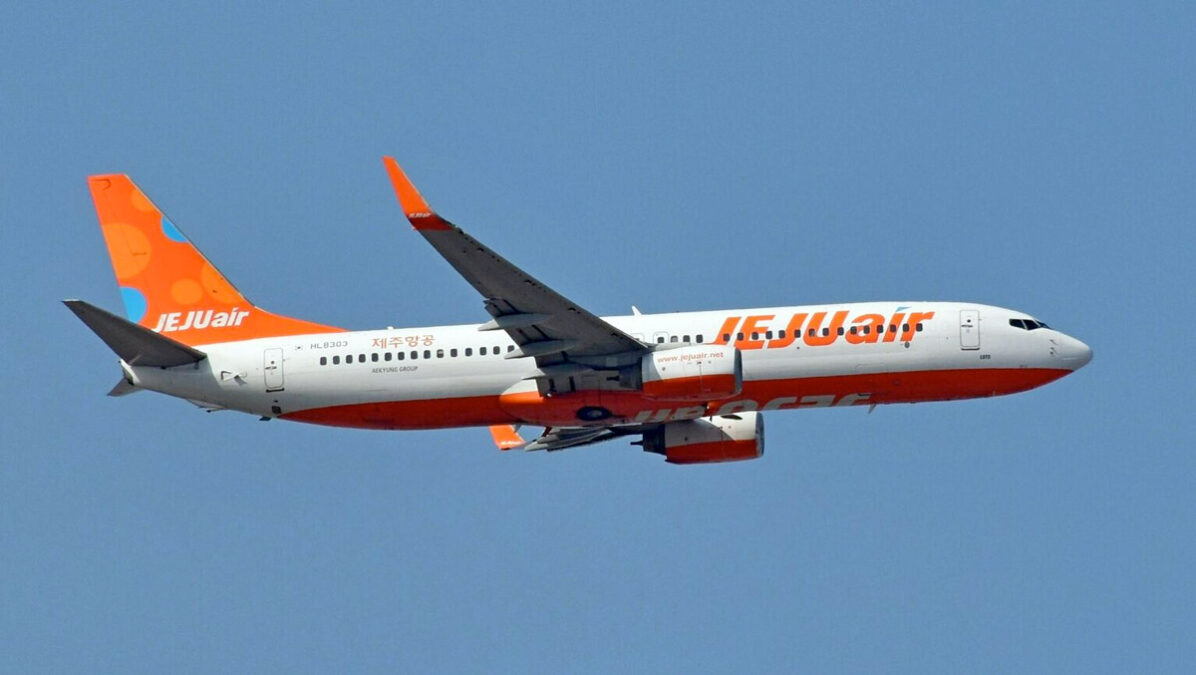
Potential causes for the crash
The reasoning for each of the events prior to the crash are largely unclear. Investigators hope that the examination of the following factors will help explain the crash:
- Bird Strike: It’s unclear if an actual bird strike occurred. Some observed smoke from one of the engines. A bird strike could have affected the deployment of the landing gear
- Landing Gear: The possibility of an equipment malfunction that caused the aircraft to land without deploying its nose landing gear. Maintenance records and mechanical systems are being investigated
- Runway Safety: The plane collided with a concrete wall located 250 meters beyond the runway. This navigation antenna supporting wall was not documented in airport charts. Pilots misidentified it as a dirt mound. The use of concrete would have exacerbated the crash’s severity
Investigations
The South Korean Ministry of Land, Infrastructure, and Transport is leading the multiagency investigation. The U.S. National Transportation Safety Board (NTSB), Boeing, and engine maker GE are also assisting.
The aircraft’s flight data recorder, which was damaged during the crash, has been sent to the United States for analysis. Authorities have also initiated safety inspections of all Boeing 737-800 aircraft operated by South Korean airlines through until January 10, 2025.
Broader Implications
This incident has prompted a reevaluation of airport infrastructure. The presence of an undocumented concrete wall has raised concerns about airport design and pilot briefing procedures.
Although the Boeing 737-800 is widely used across airlines, its safety record has come under question, particularly since the introduction of the MAX version. This is despite the standard 737-800’s generally strong safety record.
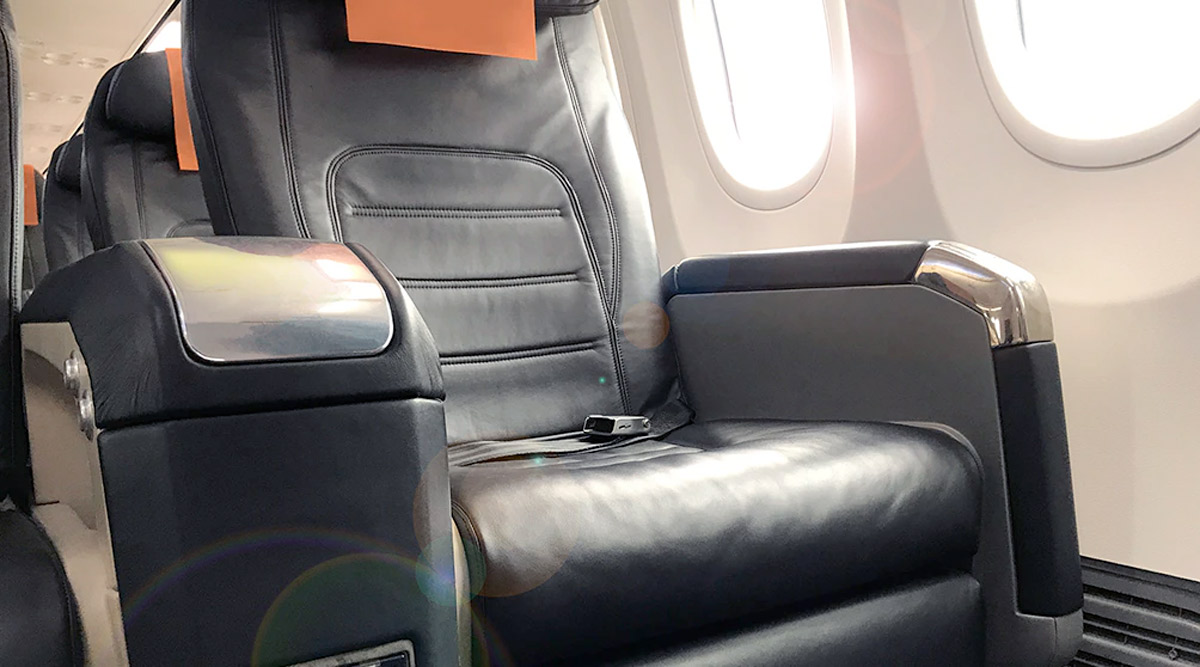
2PAXfly Takeout
While the exact cause of the Jeju Air Flight 2216 crash remains under investigation, it appears to be a combination of factors, including a possible bird strike, landing gear malfunction, and problematic runway infrastructure.
Aircraft are complex machines, so it will take considerable time to sort out the human and machine aspects of the function and decisions that led to the crash.
Although we all want to know the answer and are consequently prone to speculation, the facts must be established before reasoning and conclusions can be drawn.
For now, it is a tragedy for the industry, and we mourn for the dead passengers and crew, and our condolences go to their friends, family and work colleagues.


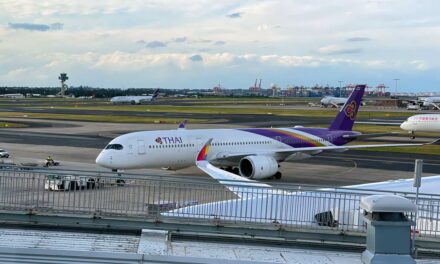
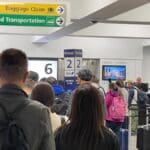
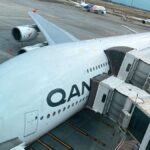


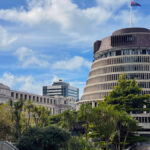

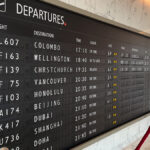

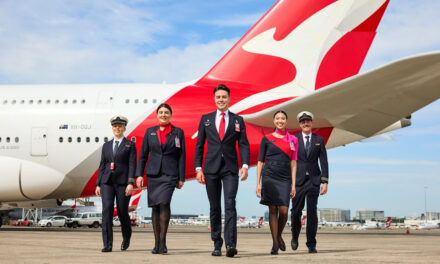
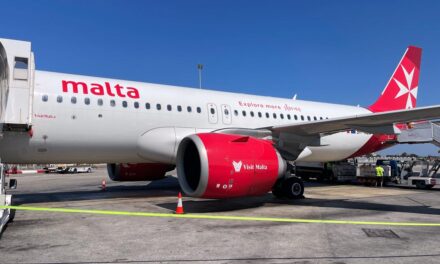



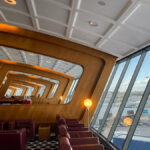



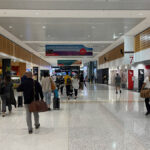

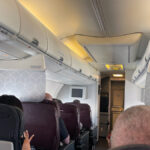

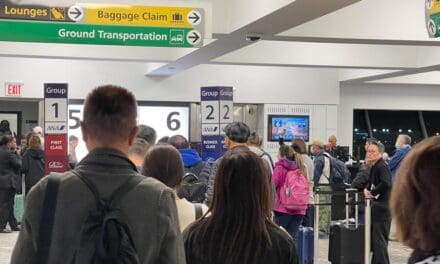


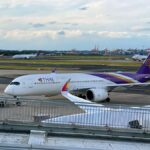

I suspect bird strike, then pilot error by failure to deploy landing gear, then design flaw of the airport (poor design and lack of hazard warning in Notams).
The pilots consulted their emergency manual and ripped out the pages for gliding to more easily follow the checklists and calculations. That was found in the wreckage. Maybe they wanted to extend the range by not using the usual flap settings and delaying to lower the landing gear?
Derek,
What did I say about speculation before the inquiry is complete?